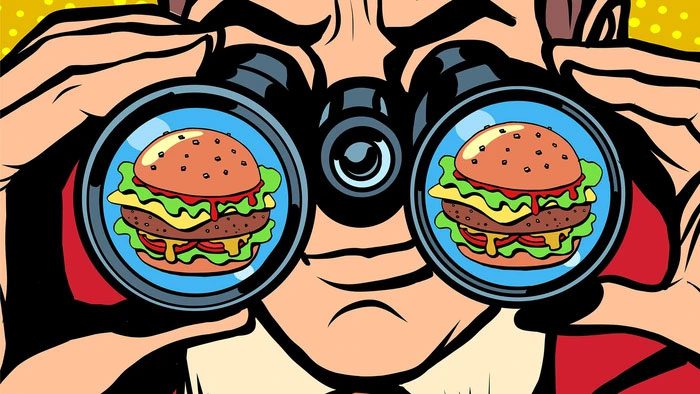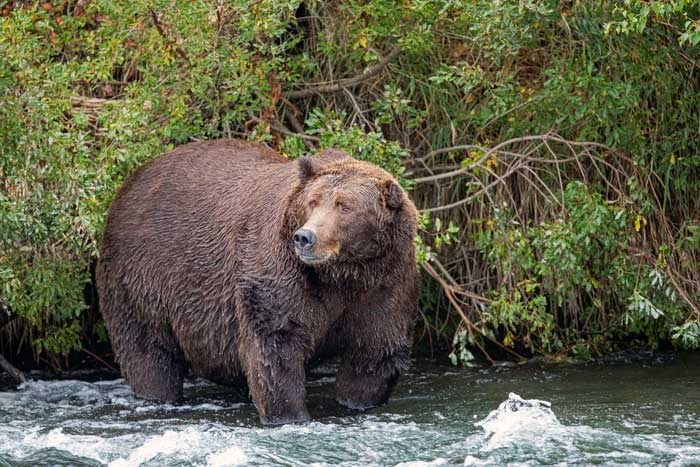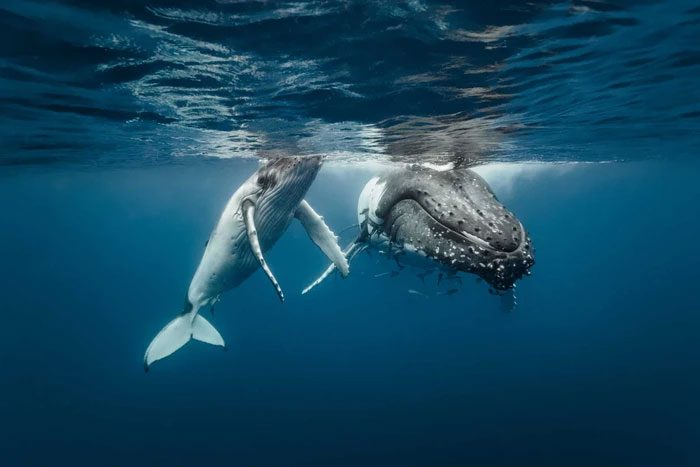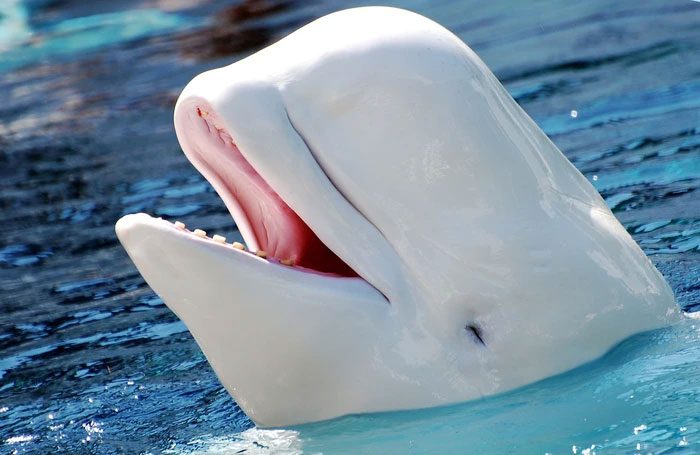The Starvation Resistance of Animals Exceeds That of Humans. This is linked to their advantages in survival strategies, metabolic rates, fat reserves, and amino acid utilization.
The term “hunger” seems increasingly distant in today’s world; however, it was once a constant concern for humanity. In an era of food scarcity, people endured hunger and even faced life-and-death decisions due to starvation.
Today, the advancement of modern agriculture and technology has fundamentally liberated humanity from hunger, yet many still face dilemmas for various reasons.
So, how long can humans survive without food? Why do animals appear to have a better tolerance for starvation than humans?

To date, there has been no scientific research on the survival threshold of humans without food and water, as such experiments are unethical. Most studies are related to random cases that find themselves in real-life survival situations.
How Long Can Humans Survive Without Food?
Physiological Changes in the Human Body During Starvation
When the human body has not digested food for 24 hours, to maintain normal life functions, it will initiate a series of physiological processes, using stored sugars, fats, and proteins as energy sources.
Firstly, the body will use its stored sugars – glycogen in the liver to maintain blood sugar levels. However, glycogen reserves in the liver are quite limited, lasting only 12 to 24 hours. When liver glycogen is depleted, the human body will enter a short phase of protein breakdown to extract amino acids and convert them into sugar. During this phase, muscle loss can be significant.

When food is scarce, the body will enter a “starvation phase” as it lacks sufficient calories to fuel its organs. With inadequate calories, the body must seek materials from other sources.
Next, the body will begin to break down fats to produce ketones as energy. During this phase, known as ketosis, fat breakdown becomes the primary energy source.
However, brain cells cannot rely solely on ketones and still need to absorb certain types of sugars. Therefore, the protein breakdown process will continue to meet the brain’s sugar needs.
The Limits of Starvation Tolerance in the Human Body
During starvation, the human body will lose a certain amount of weight. Once weight loss reaches a critical limit, death may occur. Previous studies have indicated that when weight decreases by 30%-40% of total body weight, life can easily come to an end.
However, this data is not absolute, as factors such as individual differences, baseline body weight, and physical activity levels during starvation significantly alter the human tolerance threshold.

The body depletes its fat reserves within days to weeks, depending on how much fat remains. Once the fat is gone, the body begins to burn protein from muscles, including heart muscle, increasing the risk of heart failure.
According to previous reports and studies, human survival time without food can range from a few days to weeks. In extreme cases, humans may survive for over 40 days without eating.
However, it is noteworthy that prolonged fasting can severely impair bodily functions, and even if one survives, they may suffer significant long-term consequences.
Why Do Animals Have a Better Tolerance for Starvation Than Humans?
Animal Survival Strategies
Firstly, the starvation resistance of animals is closely related to factors such as their ecological niches, living habits, and survival strategies. To survive during food-scarce seasons, many animal species have developed efficient mechanisms to combat starvation.
For example, brown bears rely on their massive fat reserves to survive the long winter when food is unavailable, while elephants, the largest terrestrial vertebrates, depend on their enormous stomachs to store food in preparation for the dry season.
The survival strategies of these animals largely determine their ability to endure poor food conditions.

Most hibernation mechanisms involve slowing down breathing rates, reducing heart rates, and limiting metabolic activity. Such changes may make the body vulnerable, but in return, they can survive the winter, whereas without hibernation, they would perish.
Metabolic Rates
The metabolic rate of animals is closely related to their starvation tolerance. During food shortages, many animal species can actively reduce their metabolic processes to slow down energy expenditure.
Some snake species, such as cobras, can minimize their metabolic rates and enter a hibernation-like state when food is scarce. When humans experience hunger, although metabolic processes also decrease, the reduction is far less significant compared to animals, meaning energy expenditure remains relatively high.
Fat Reserves
Generally, animals have a higher capacity to store fat than humans. Fat is the most energy-dense source in living organisms, which is crucial for reducing hunger.
For example, polar bears can have body fat content up to 40%, significantly higher than that of an average human. The blubber of whales is even thicker, providing them with ample energy during extended periods of starvation.

In some whale species, the blubber can be over 30cm thick.
Amino Acid Utilization
Compared to humans, some animals utilize amino acids more effectively under starvation conditions. For instance, the liver of poultry has high fatty acid synthesis activity, helping convert amino acids into fats.
When certain snake species face food shortages, they can use the urea cycle within their bodies to slow down the consumption of amino acids.

The starvation resistance of animals exceeds that of humans, which is linked to their advantages in survival strategies, metabolic rates, fat reserves, and amino acid utilization. These advantages enable many animal species to maintain normal life functions in food-scarce environments.
In summary, the reason animals have a better tolerance for starvation is due to their advantages in survival strategies, metabolic rates, fat reserves, and amino acid utilization.
The duration that humans can survive without food depends on many factors and typically ranges from a few days to weeks. During starvation, the human body will undergo stages of glycogen breakdown in the liver, protein breakdown, and fat breakdown, gradually depleting energy reserves.
Although humanity is relatively vulnerable to starvation, advancements in technology and modern agriculture have liberated us from hunger. However, starvation and malnutrition remain significant issues in some parts of the world.


















































